
7 minute read
FEATURE: PASTRY
The sweet spot
Korean-style pastries combine traditional elements with modern techniques.
WORDS Molly Nicholas
PHOTOGRAPHY Jess Belnick for Buttered and Janice Zhu for Moon Phase
VIRAL TRENDS COME and go, but Korean-style pastries have staying power. From finely laminated salt bread to delicately structured tissue bread, the pastries are unapologetically indulgent. Known for strong visuals and cross-cultural flavour combinations, Korean baked goods have found a devoted following in the Australian consumer.
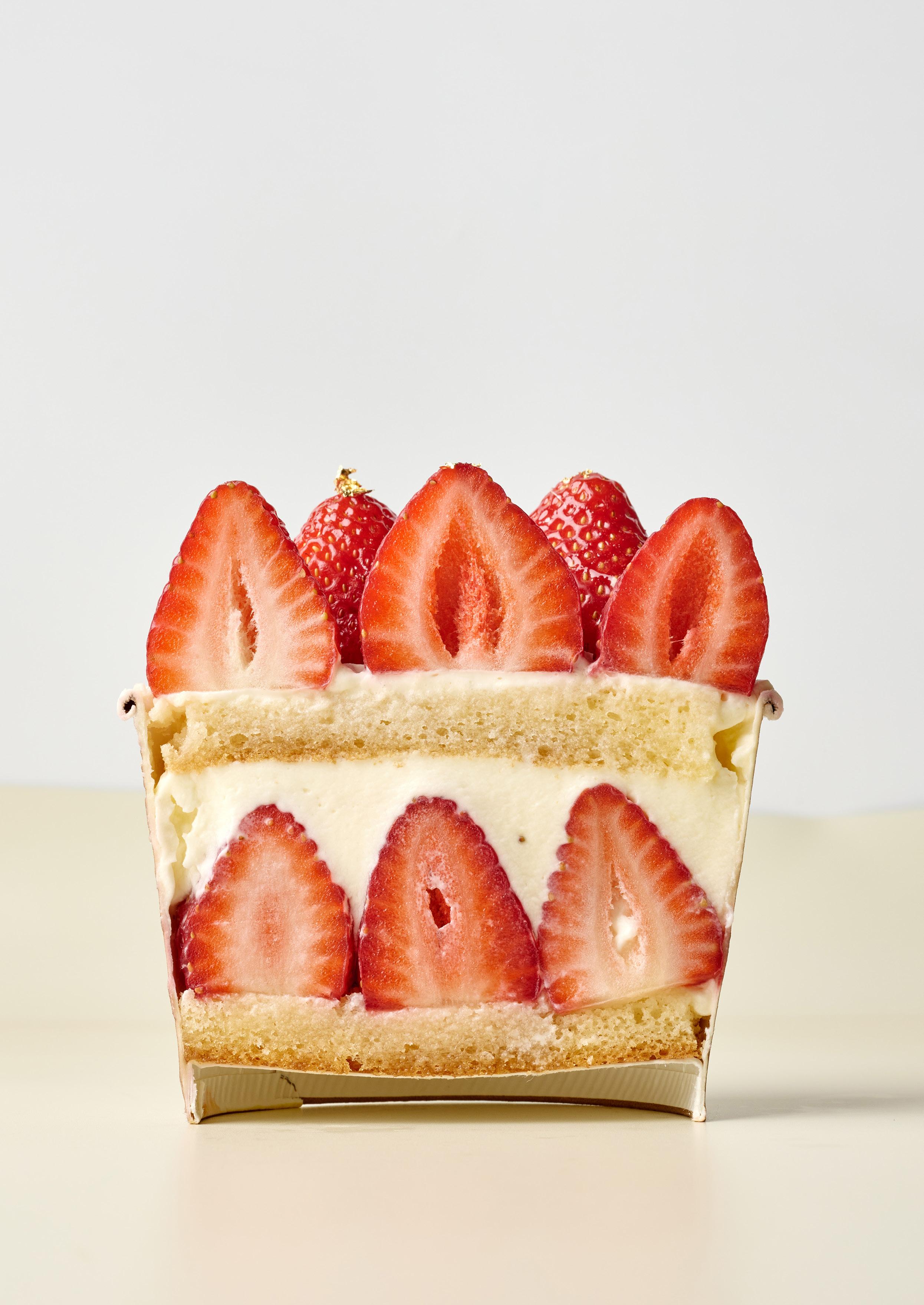
Owned and operated by Vuza Hospitality (Hongdae Pocha, Allta, Funda), Chippendale café Buttered has a huge pastry lineup. Located in a heritage-listed building, the open pastry kitchen offers a clear view of the craftmanship behind the store’s baked goods, with the pastries on full display. Chief Business Officer Anece So describes it as an emulation of a café in Korea. “Koreans love visually striking things,” she says. “There’s a belief that the way something looks is just as important as how it functions. You’ll oftentimes see pastries with delicate details, drinks that look like art, and beautiful packaging. People want the full experience — something that’s curated and thoughtful.
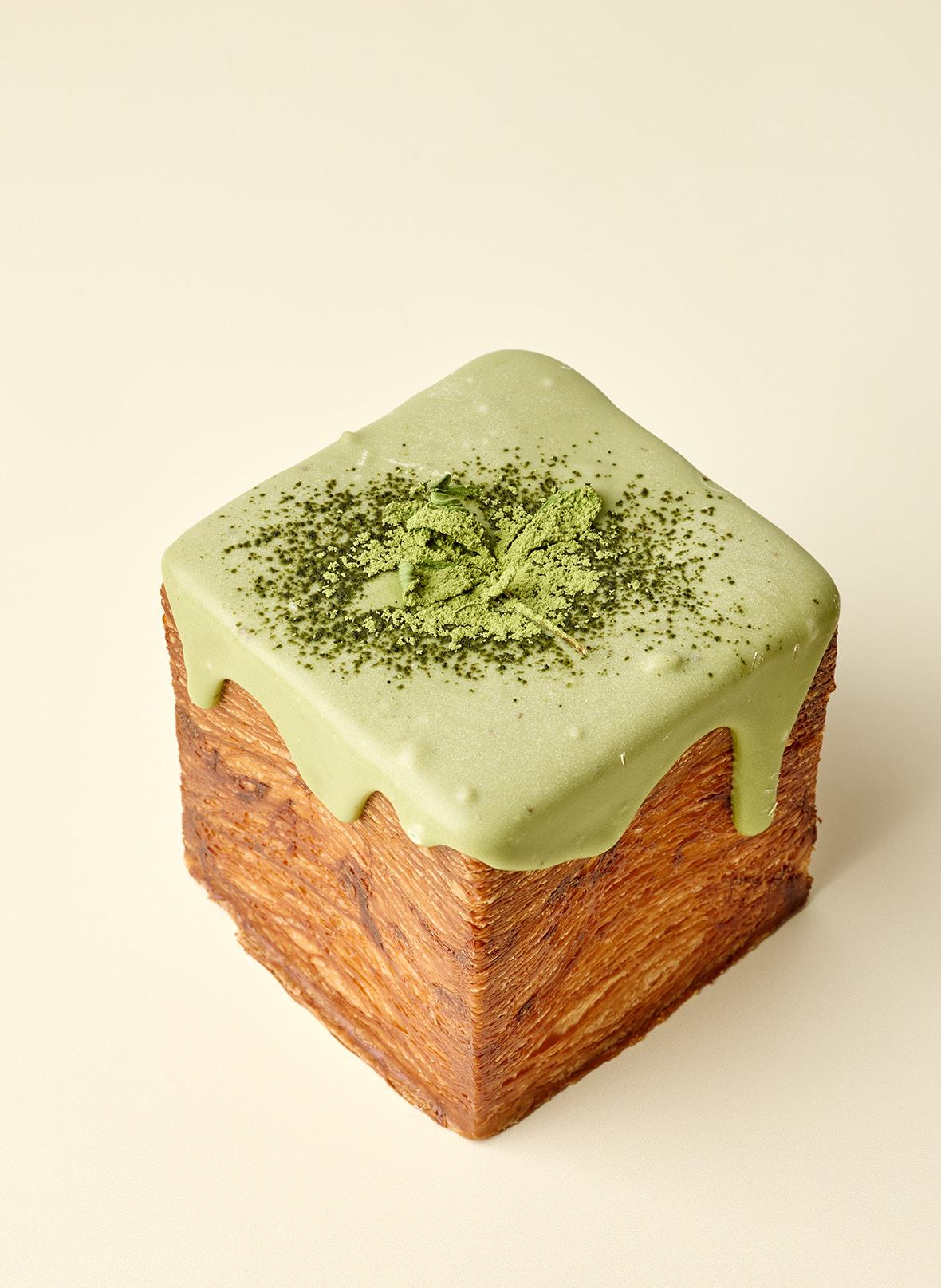
Café culture is huge in Korea, and we saw that same love in Sydney, so it felt like a natural fit to bring a little slice of Seoul over. We’ve seen a real appetite for Asian culture right now, and we love being able to share something that feels familiar to us but new and exciting to others.”
Since rebranding from Layers, St Leonards café Moon Phase has seen a surge in interest for its Korean spin on pastries. Head of Branding and Marketing Janice Zhu says aesthetics have played a huge role, even before guests visit in person. “We keep our packaging and branding intentionally minimalist to let the product speak for itself, inviting that ‘wow’ moment when people see or taste it for the first time,” she says. “The visual appeal of our pastries paired with thoughtful flavour is key to their shareability and success.”
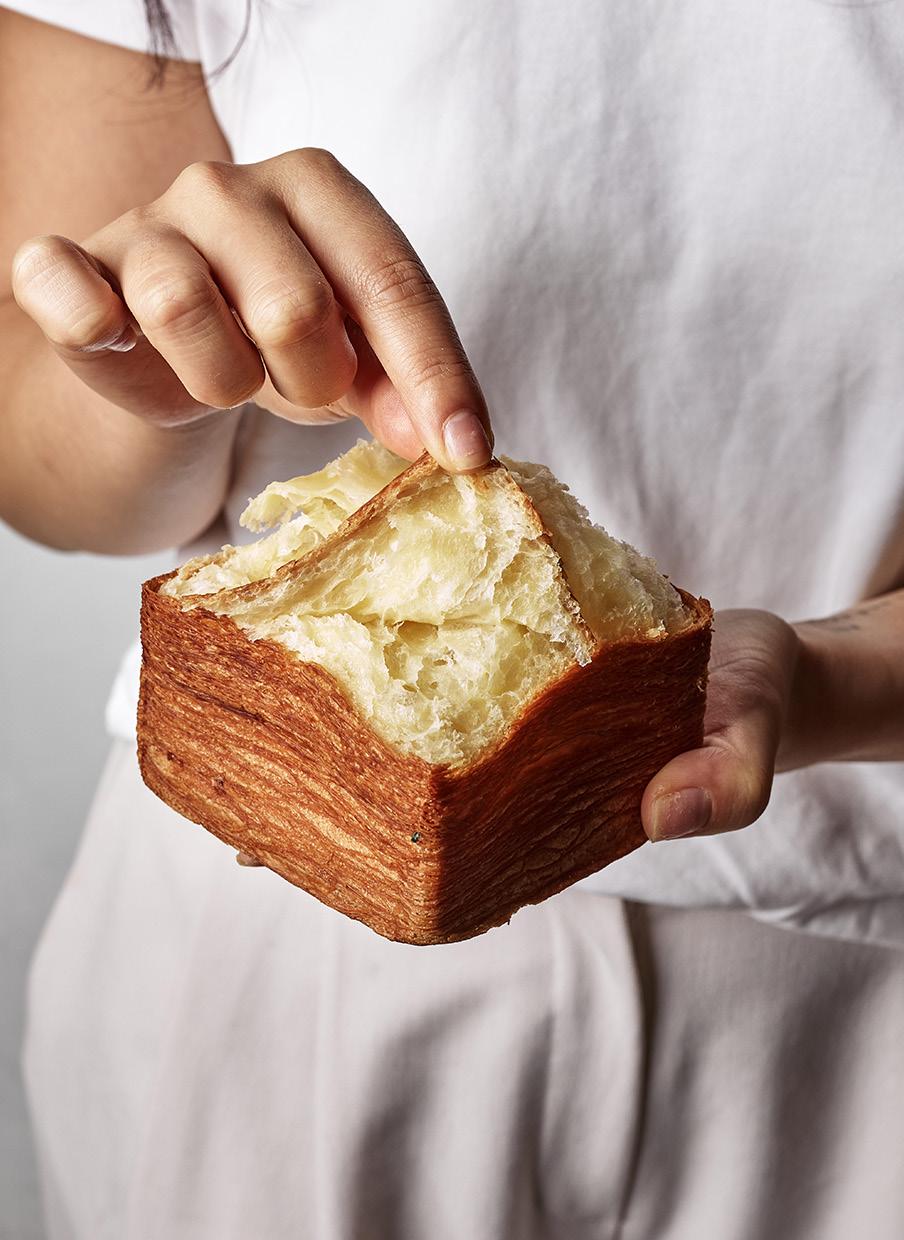
Balancing bold, often-savoury Korean flavours with the flaky, buttery qualities of French pastry requires patience and precision.
– Janice Zhu
While there’s no precision and glossy finishes have fuelled the rapid rise of Korean-style pastries, it’s the carefully balanced flavours and technical complexity that elevate them beyond passing trends. At Buttered, the team’s take on salt bread, or sogeum ppang as it’s called in Korea, has been unprecedently popular. With the same core ingredients as a croissant, salt bread is rich in butter but is not laminated. “Structurally, it’s closer to a dinner roll,” says So. “The main difference is that we roll a chunk of butter into the centre, which melts as it’s in the oven. It creates a drenched hollow pocket in the middle, which seeps out and crisps up the base, giving it that amazing contrast – soft and chewy in the middle and super crispy on the outside.”
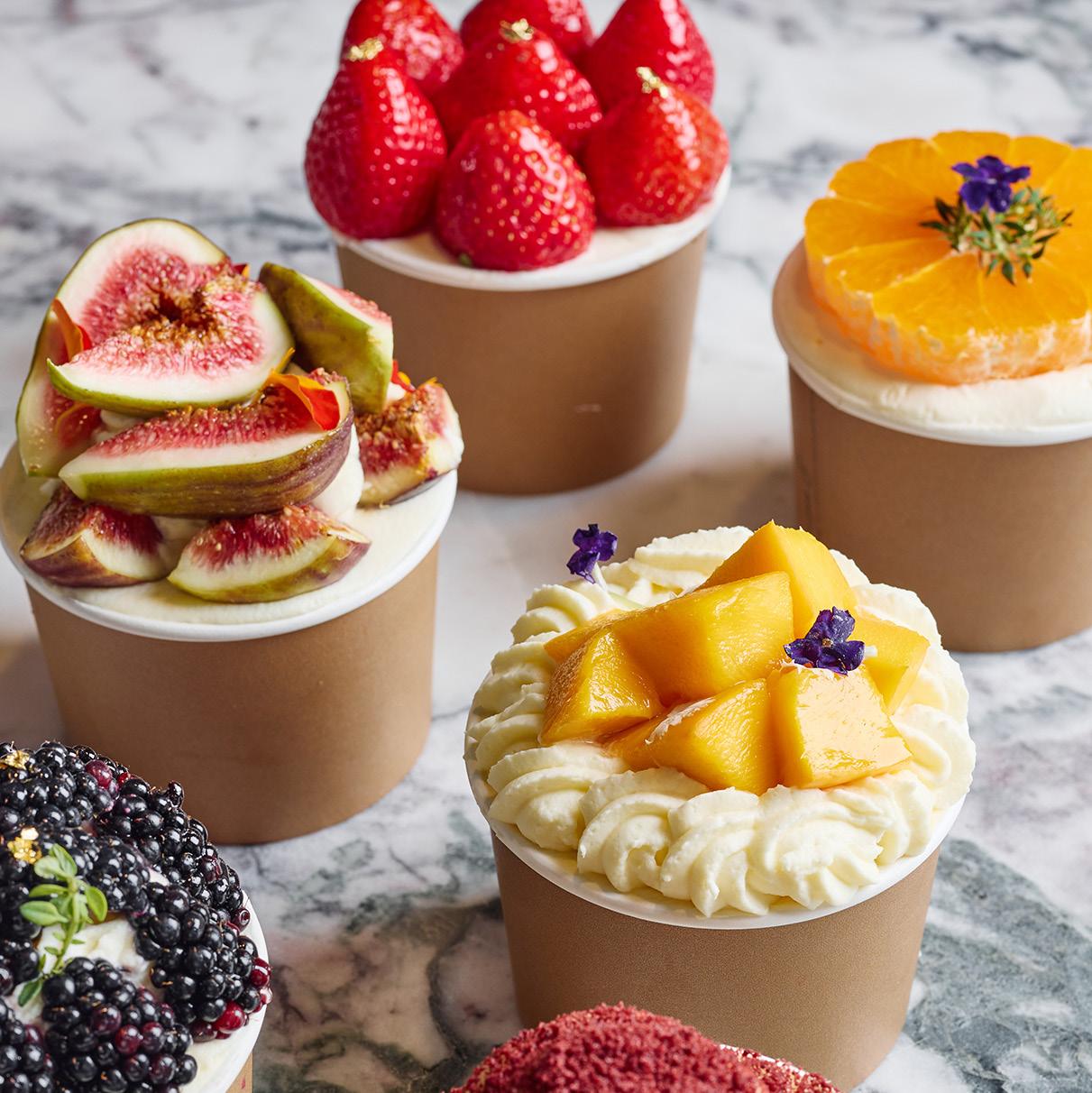
On opening week, pastry chefs were in the kitchen from 3am trying to meet demand, baking around 1,000 salt rolls. “There’s something really comforting about the taste and texture,” says So.
“It tastes familiar but with a twist. I think people are drawn to that kind of food, especially when it feels a bit indulgent without being over the top.”
We’ve seen a real appetite for Asian culture right now, and we love being able to share something that feels familiar to us but new and exciting to others.
– Anece So
Korean-style pastries demand time, repetition, and exacting control — the labour intensity is undeniable. Pastry chefs at Moon Phase develop croissant dough over five days to achieve the perfect texture — cutting corners isn’t an option. “The extended process includes multiple rounds of lamination, resting, and fermentation, all of which contribute to the complexity and depth of the final product,” says Zhu. “It’s a labour-intensive approach, but one we feel is essential to delivering the quality we’re known for.”

Every recipe at Moon Phase is carefully developed to ensure it resonates across a diverse audience. Each pastry is subject to months of development before it reaches the consumer. “Balancing bold, often-savoury Korean flavours with the flaky, buttery qualities of French pastry requires patience and precision,” says Zhu. “Our team is deeply committed to crafting pastries that honour tradition while embracing innovation.”
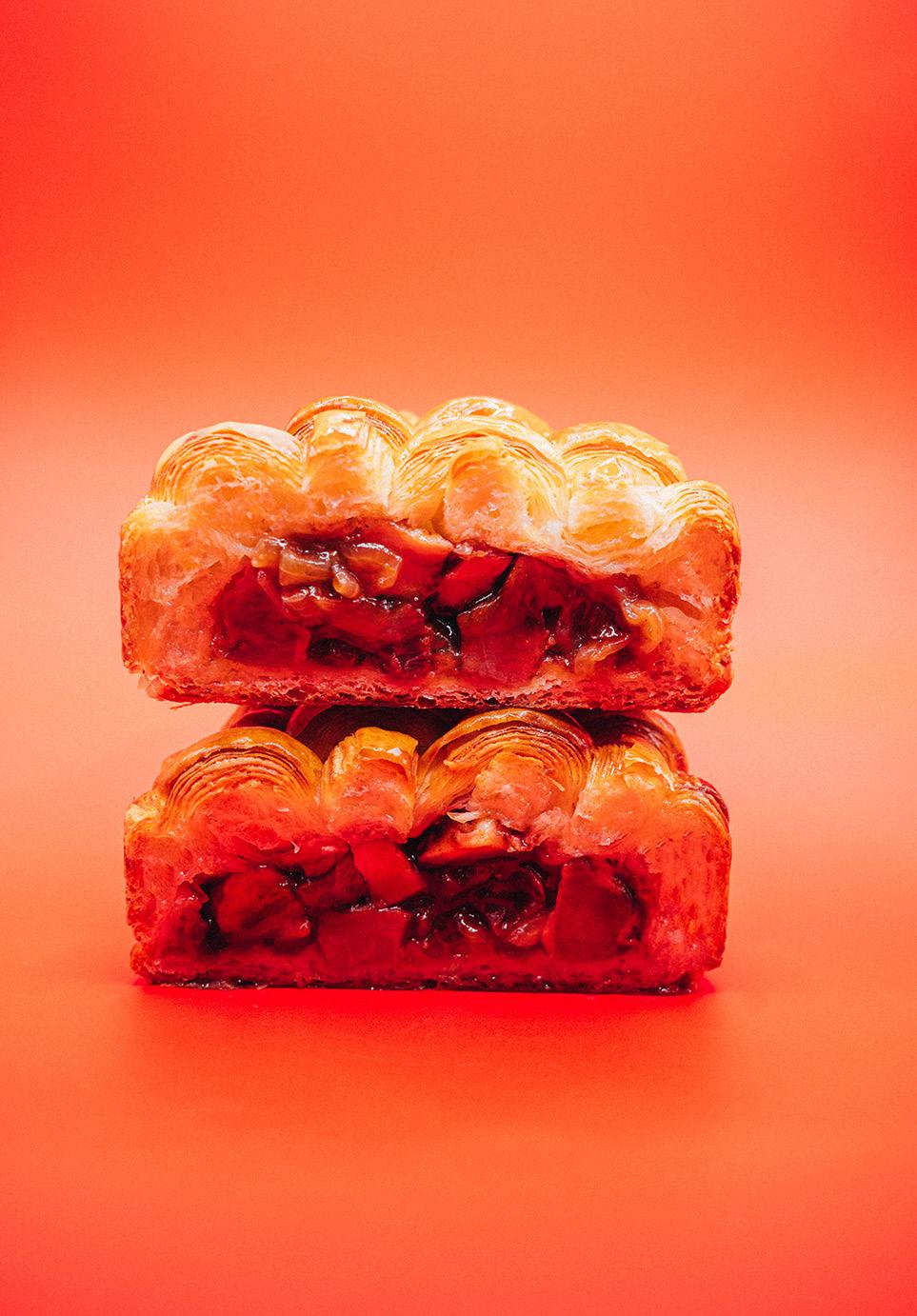
At Buttered, So sees the harmony between Korean and Western palates as an essential part of the offering. Based in Seoul, she has her finger on the pulse when it comes to Korean trends, while closely monitoring what’s popular in Australia.

A drive to deliver classic flavours in a way that feels new to Australian consumers is at the heart of the cafe. The global phenomenon of matcha lattes is a perfect example, which has seen the team create matcha tissue bread and salt bread. Cheese and corn salt bread, a classic Korean combination, is also a best seller.
“Inspired by a side dish you’d usually see at Korean BBQ, it’s served on a hot plate with melted cheese and sweet corn,” says So. “We recreate the vibe by blowtorching the filling and serving it warm. People have really responded to the nostalgic-yet-new flavour combo.”
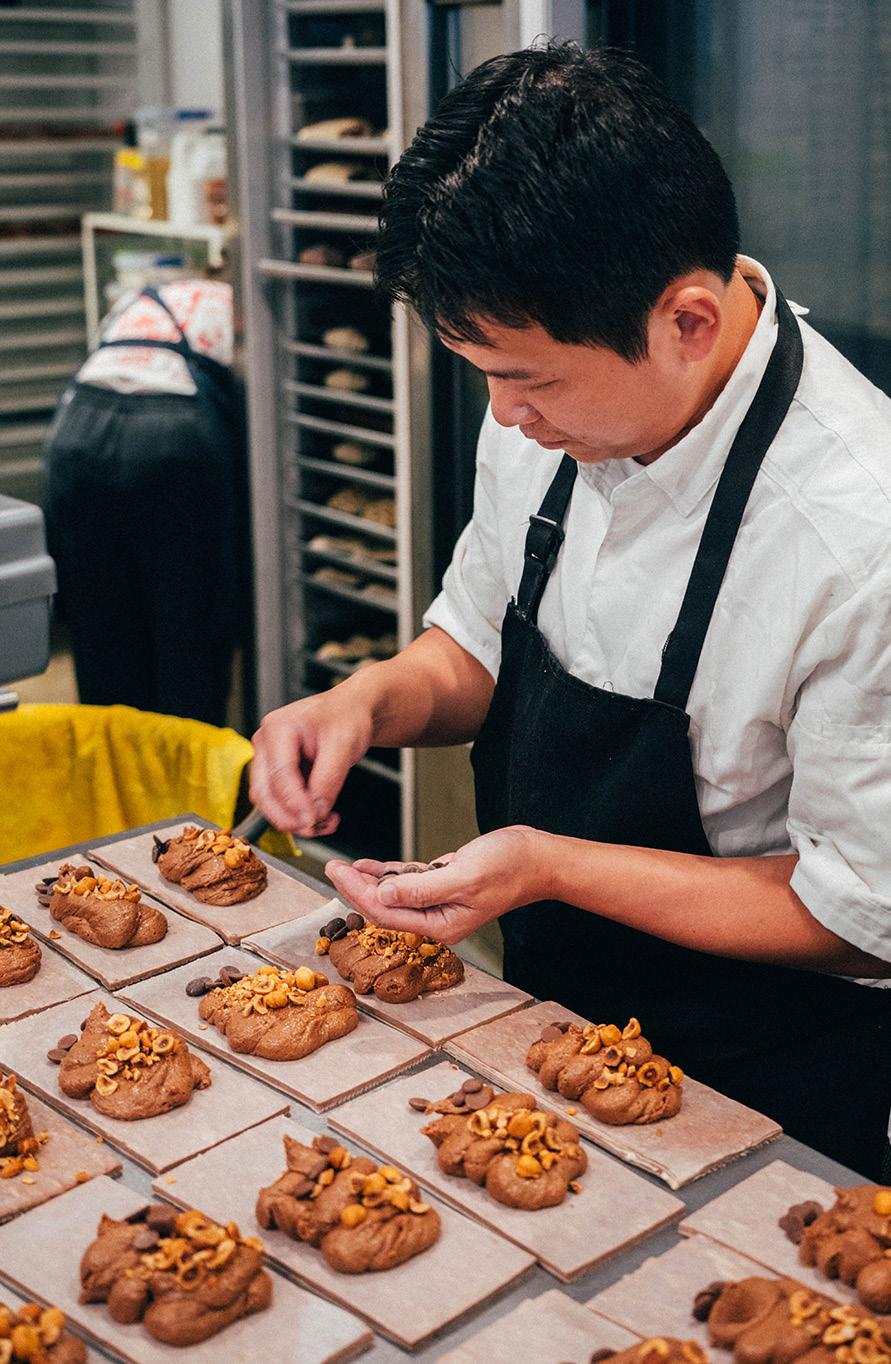
Though it might have been the aesthetic appeal of tissue bread and waterfall cakes that initially led to the two items landing on Buttered’s menu, the light and subtle formats of the pastries make them easily customisable, meaning they’re suited to various flavours including strawberry and lemon meringue. “We’ve adapted the flavours to suit what we know the locals love so there’s still a sense of comfort and familiarity,” says So. “It’s all about finding that sweet spot.”
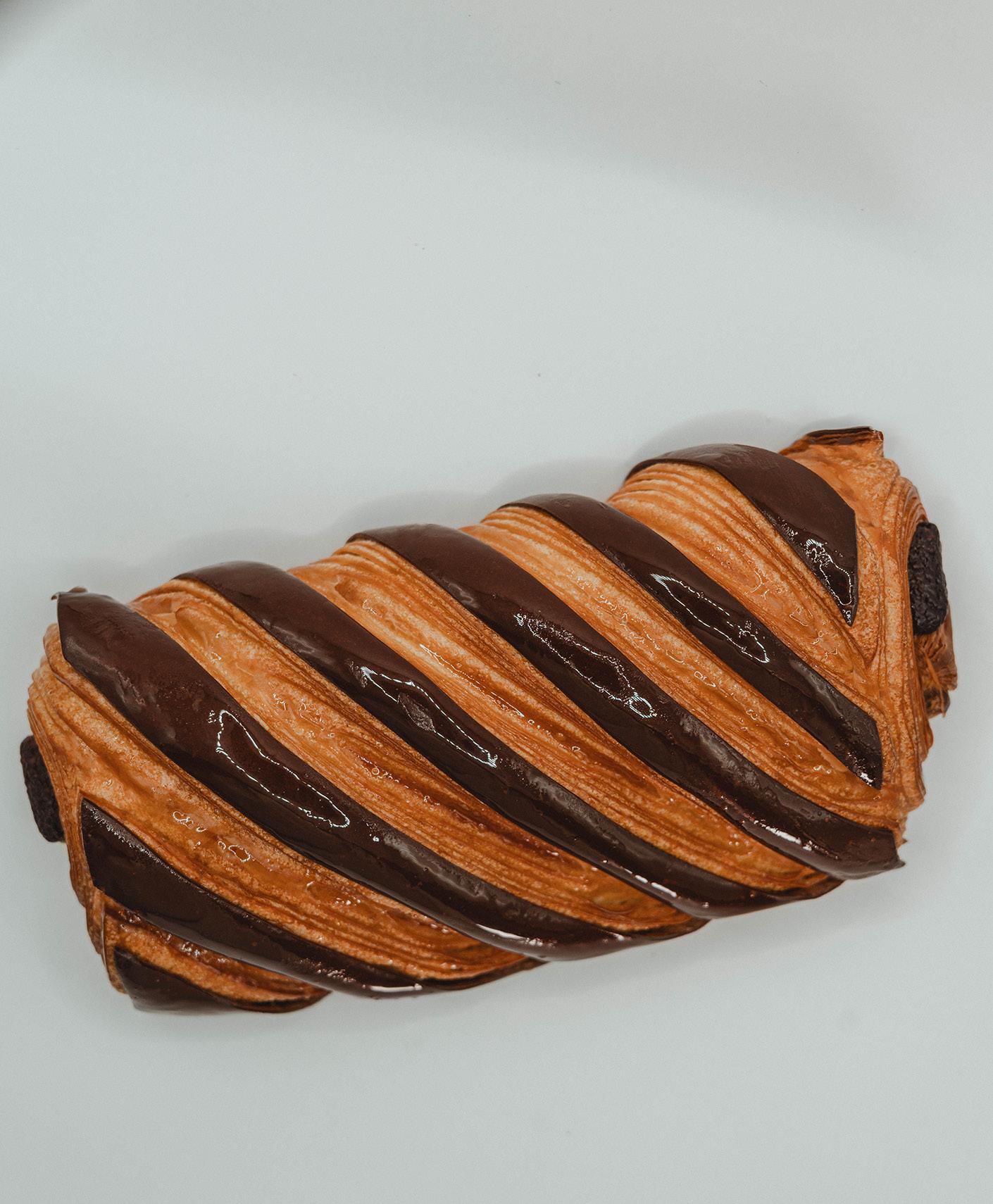
Zhu agrees that the fusion of familiar flavours with the delicate texture of a croissant creates something both comforting and novel. “The menu at Moon Phase is built on the philosophy of reimagining flavours through a modern, pastry-focused lens,” she says. “Korean pastries have long held a reputation for creativity and refined flavour profiles. At Moon Phase, we tapped into this cultural nostalgia, particularly among Asian communities, by introducing savoury pastries like our signature spicy pork and bulgogi croissant.”

By leveraging the emotional connection to traditional flavours and delivering them in an innovative format, Moon Phase has struck a balance that is approachable to new consumers while still satisfying more traditional tastes. New flavours are often launched around seasonal moments or cultural celebrations to test consumer response. When a new flavour gains popularity, it earns a permanent spot on the menu such as the signature Chocolate Bar croissant and the Cha Siu King. “The Chocolate Bar is a unique creation that stands out for its rich, indulgent flavour and striking appearance,” says Zhu. “On the savoury side, the Cha Siu King is a customer favourite due to its nostalgic flavour profile and comforting warmth.”
Though the visual impact and sheer indulgence of Korean pastries delivers instant appeal, at the core, the nostalgic pull of familiar flavours resonate with Australian audiences.




